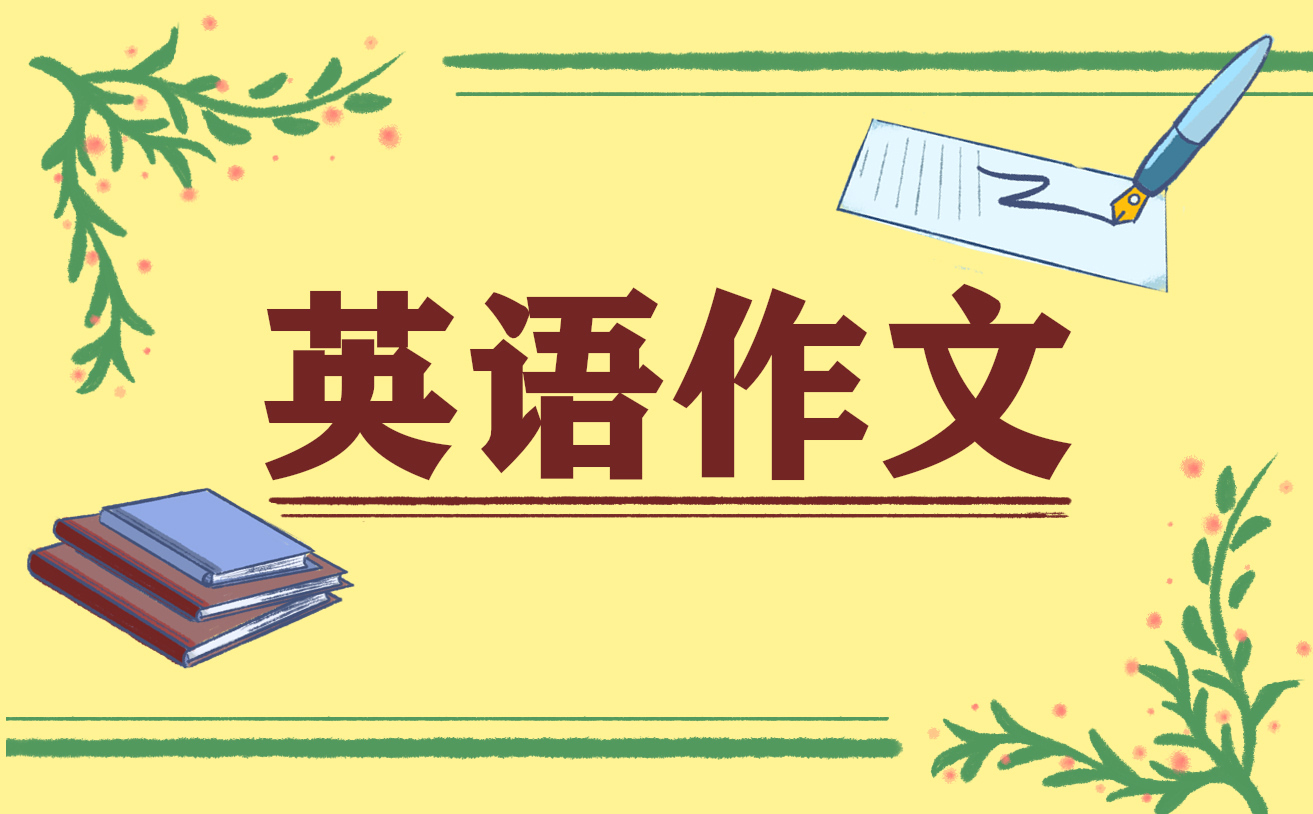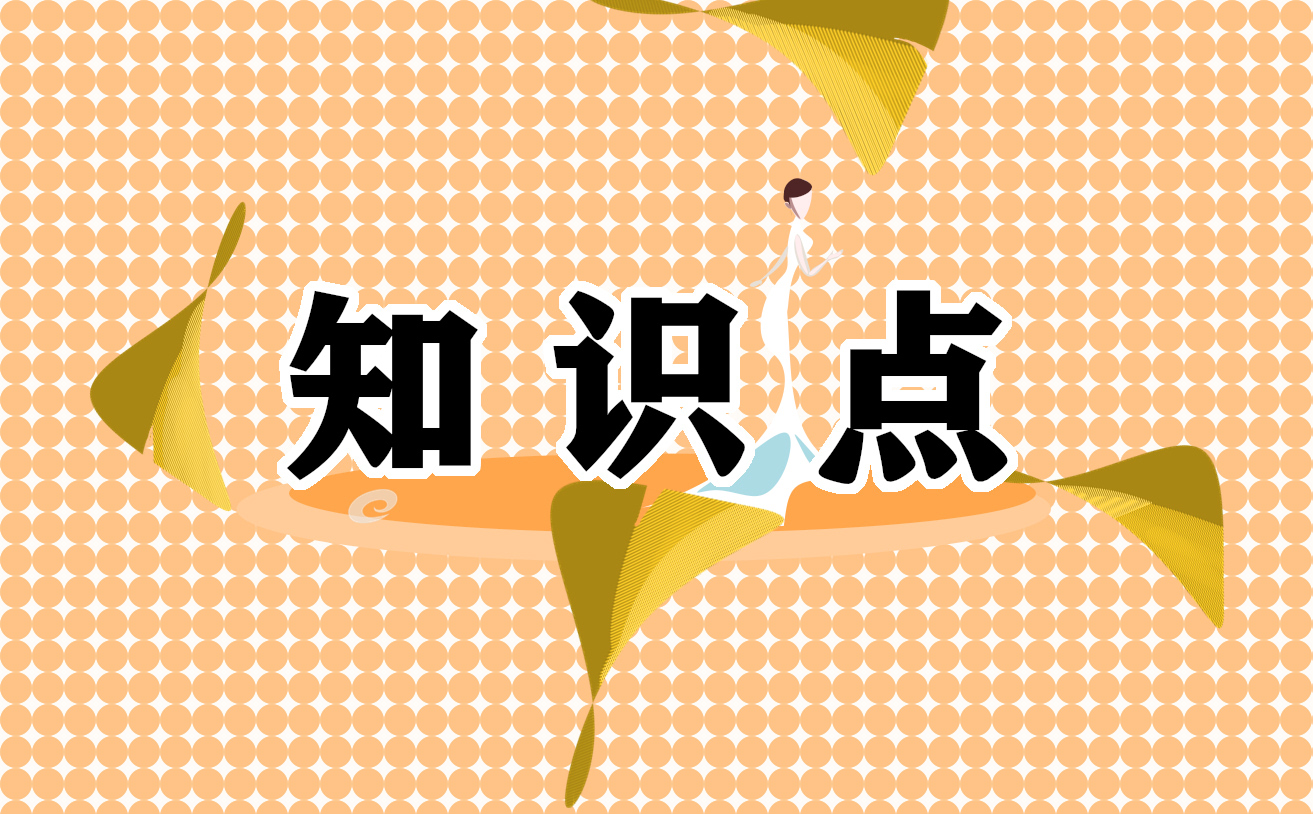七年级上册英语复习资料2021
学习中的困难莫过于一节一节的台阶,虽然台阶很陡,但只要一步一个脚印的踏,攀登一层一层的台阶,才能实现学习的理想。 祝你学习进步!下面是小编为大家整理的有关七年级上册英语复习资料,希望对你们有帮助!

Unit 1
1、Good morning/ afternoon / evening 早上/下午/晚上好 Good night 晚安(晚上告别) 2、Nice /Glad to meet you 认识你很高兴(初次相识)(回答也一样) Nice /Glad to see you 见到你很高兴(熟人见面)
3、welcome to + 地点 欢迎来到…… (回答:Thank you 或者Thanks) 4、Are you …? 你是…吗? 回答:Yes,I am.(不用Yes,I’m.) 5、Hello!/Hi! 你好!6、 this is----- 这位是…… (用于介绍他人) 7、 How do you do ?你好 (回答也是:How do you do ? ) 8、 How are you ?=How are you doing ? 你好吗?
Fine ,thank you .and you ? 很好,谢谢,你呢?I’m OK / I’m fine , too . 我也很好。 9、 see you = see you later = see you next time= good-bye =Bye. 再见/下次见 10、 excuse me 打扰一下;请问(要打扰他人前的礼貌用语;Sorry是道谦用语)
11、I’m -----= my name is ---- 我是/我叫……12、be(am,is,are) from = come from 来自 13、 in English/Chinese 用英语/汉语
14、Can you spell it ?你能拼写它吗?Yes,I can / No,I can’t 是的,我能/不,我不能 15、That’s OK = That’s all right= You’re welcome = Not at all 不用谢 16、…years old …岁 how old 多大,几岁
17、 telephone number 电话号码; QQ number QQ号码; ID number 身份证
18、 the same (相同的,后常跟单数名词)反义词: different 不同的,后常跟复数名词) 例: We are in the same grade, but we are in different classes.
19.What is your telephone number? 你的电话号码是多少?(注意:疑问词用what,而不能用how many/how much)(回答:My telephone number is----或者It’s -------)
20. what class are you in ? 你是在几班? I am in Class Five. (注意:Class 和 Five要大写) What grade are you in ? 你是在几年级?I am in Grade Seven.
21. What’s this/ that (in English) ? 这是什么? (回答:It’s a/an + 单数名词. 这是……) What’re these/ those (in English) ? 这些是什么?(回答:They’re + 复数名词. 这些是……) 22. How do you spell it? 你怎么拼写它? E-R-A-S-E-R, eraser.
Unit 2
1、描述长相:某人+ has/ have +( an /a ) +形容词+五官 = 某人的 五官 is / are + 形容词 例:Lily has a small nose. = Lily’s nose is small. I have big nose.=My nose is big 2、I know = I see 我明白了
3、That’s right=You're right那是对的,你说的对。
比较:That’s OK = That’s all right不用谢 You're OK = You're all right你很好呀。(指身体好) OK = All right 好的、好吧(表示同意,答应)
4、look the same 看起来像(后不跟宾语) look different 看起来不一样(后不跟宾语) look like… 看起来像…(后须跟宾语)例: Jim and Lilei look the same.== Jim looks like Lilei. . 5、look at +名词 看某物; look for +n 寻找某人/某物; look after +n 照顾某人 6、both 两者都; all 三者以上都.
both 和 all放在be动词或情态动词后,行为动词前。(简称:Be后行前) 例: We are both.... students.(are后) We both.... have black eyes.行为动词前) We can both....
speak English.(情态动词后) 7、 give sth to sb = give sb sth 把某物给某人;(注意:如果sth是it或them,只能用前者) 例:give the book to me=give me the book把书给我Give it to me 不能说give me it. 8、have different looks = look different 有着不同的长相 (看起来不像) have the same look = look the same 有着相同的长相 (看起来很相像) 9、a big one 一个大的; an old one 一个旧的
10、 in + 颜色 或 in a/an/the +颜色 + 衣服 表示穿着……颜色的衣服; 用法:
①接在名词的后面,如:The girl in red is my sister.穿红衣服的女孩是我的姐姐 ②接在Be的后面,如:Maria is in the red coat. Maria 穿着红上衣。 注意:她喜欢穿红衣 she likes red clothes;不能说She likes in.. red clothes.应去掉in. 11、My favorite color is red.我最喜欢的颜色是红色/我最喜欢红色。 注意:①不能说:I favorite red.因为favorite不是动词,不能作谓语。 ②favorite前必须用物主代词或名词所有格。如: Dogs are I favorite animals. I应改为 my或Jim’s等词。 12、 clothes, pants 和 shoes 做主语,谓语动词用复数;
但a pair of pants/ shoes作主语时,谓语动词用单数形式. 例:His shoes are black. A pair of shoes is on the sofa.一双鞋子在沙发上。
13、Sorry = I’m sorry 对不起 回答常用:Not at all=That’s OK=That’s all right没关系 14、名词所有格:名词(一般是指人的名词)+’s ,表示“某人的”。
如:李老师的:Mr lee’s; 注意:s结尾的名词的所有格是直接加上’.如:我父母的:my parents’; 15、of 介词,表示“某物的”与中文的顺序相反。简的宠物....的名字:the name of Jane....’.s pet..... 16、junior high school 初中
a junior high school student =a student in a junior high school 一名初中生 17、This bike is mine = This is my bike.这个自行车是我的=这是我的自行车。
注意:物主代词的使用方法:后有名词时用形容词性的,后无名词时用名词性的,即:有名则形,无名则名。
18、who 谁; whose 谁的,是who 的所有格。如:
Who’s that boy?那个男孩子是谁? Whose baby is that?那是谁的小孩呀? 19、 What do/does + 某人 + look like ? 询问人的长相
例: What does your English teacher look like ? He is thin and tall.他又瘦又高。 20、 What’s…and…? …加…是什么?(回答:It’s …) 例:What’s red and yellow?It’s orange.
What’s two and five? It’s seven. 2 加5 等于几?等于7。
21、Jane’s and Maria’s:Jane的和 Maria 的(两人共有)Jane and Maria’s:Jane和 Maria 的(各自拥有) 22、Who is the letter from? It’s from my penpal, Sam. (不用where) 23、What color be + 东西? (回答:It’s +颜色 或者 They’re + 颜色)
例:What color is your dress? It’s black. What color are your pants? They’re black.
英文一般疑问句及肯定和否定回答
一般疑问句是以be动词、情态动词和Do/Does开头的,用Yes或No回答的疑问句。 Ⅰ、以be动词开头的一般疑问句及答句
③ Am I …? Yes,you are./No,you aren’t. ②Are you …? Yes,I am./No,I’m not. ③Is he/she/it…? Yes,he/she/it is. No,he/she/it isn’t.
④Are we/you/they …? Yes,we/we/they are No,we/we/they aren’t. Ⅱ、以情态动词开头的一般疑问句及答句 Can…… ? Yes,…can. No,…can’t(cannot). Ⅲ、以Do/Does开头的一般疑问句及答句 ①Do you +行为动词 ?Yes,I do/No, I don’t.
②Do we/you/they+行为动词 ?Yes,we/they do. No, we/they don’t.
③Does he/she/it+行为动词 ?Yes, he/she/it does. No, he/she/it doesn’t. 注意事项:
1、肯定和否定回答中必须用人称代词主格,即只能用I,we,you,he,she,it,they等,不能出现其它词,特别注意不能用this,that,these,those等指示代词。
2、肯定和否定回答要保持三个单词,因此当am,is,are出现在句尾时,一定不能缩写。如:不能用Yes,I’m; Yes,he’s;Yes,they’re.
3、am not 不能缩写,如:No,I’m not不能用No.I amn’t.
4、肯定和否定回答不能出现前后矛盾。如:不能说 Yes, he isn’t; No,I do; Yes, she doesn’t.
Unit 3
1、Could you(please)+动词原形?你能做某事吗?是礼貌问句,答句不能用Yes,I could(can).No,I can’t等。答句常用:Sure/Ok/All right/No problem/ Srry, I can’t等礼貌用语。May I +动词原形?我能做某事吗?也是礼貌问句,答句也常用:Sure/Ok/All right/No problem/Sorry, you can’t等礼貌用语。 2、help sb. ( to ) +动词原形== help sb with sth 帮助某人做某事
例:Could you help me (to) study my English?=Could you help me with my English? 3、live in +地点 住在某地; 4. live with +人 和某人住在一起
5、a lot = very much 放在句末,很,非常 例I like the boy a lot/ very much.
not……at all 一点也不……,not要放在be动词、情态动词或do/does的后面。 例:I like the boy a lot(改否定句):I don’t like the boy at all.
6、each other 相互,彼此,要放在动词后。 例:Students often help each other in class. (相互帮助 ) 7、tell sb sth=tell sth to sb 告诉某人某事 。如:Please tell me your name=please tell your name to me. 8、 No problem 没问题,表示同意=All right/OK/Sure. Speak ,say ,tell ,talk几个词的区别
.speak(1)speak + 语言 说某种语言,例如:speak Chinese (2)表示说话的能力。e.g. The baby can’t speak.
(3) speak to +某人 和某人说话 I want to speak to Mr Lee.我想和李老师说说话 speak可用于打电话时句型May I speak to sb.
e.g. ——Hello! This is Tom.May I speak to Mary? ——Speaking . .tell(1)告诉 告诉某人某事tell sb. Sth .
e.g. 1.Can you tell me your phone number?2.Can you tell me the way to the post office? 告诉某人(不)要做某事tell sb. (not) to do sth 告诉某人关于某事tell sb. about sth.
(2 )讲。后接故事,笑话。 e.g. 1.Jack likes telling stories. 给某人讲… 用tell sb. sth= tell sth to sb. .say(1)后面接具体内容,就像有引号那样的,想表达某个人说什么具体事情的时候用say (2) 你会用某种语言说某物吗? Can you say sth in English? /in Chinese?
(3)对某人说:say to sb sth My father often says to me “Be careful when crossing roads(过马路时) .talk是指(1)谈论…,有词组talk about e.g. They are talking about weather.
(2)谈话 交谈。 talk to sb.= talk with sb.表示和某人说话,和某人谈话
e.g. 1. Who is your mother talking to /with?2.She is talking to/ with my aunt. talk on the phone 表示在电话里谈
10.talk with sb face to face 译为和某人面对面谈话。即和某人面谈。
11、①come/go to + 地点 “来/去某地”, 但home、here、there这些是副词,前面不能加to. 例:go home回家;come here来这里;go there去那里 ②go for +事情 例:go for a picnic 去野餐 ③go + 动词ing 例:go fishing 去钓鱼;go shopping去购物
④go to +动词原形 去做某事 例:They all go to look after him.他们都去照看他 12、like + 动词ing 喜欢做某事 like to +动词原形 想要做某事
13、think of 认为,think about 考虑 ;I think +句子 我认为…… I think he you are right. 否定句常否定think。(否定前置)
例:I don’t think he can come. 我认为他不会来了.(不能说:I think he can’t come) 14、a little 一点①放在句尾 ②放在不可数名词前。
如: She likes milk a little.她有点喜欢牛奶。She often drinks a little milk.她经常喝一点牛奶。 15、in a school 在学校;in a hospital在医院; in an office在办公室; 但是:on a farm 在农场上; on the sofa 在沙发上
16、in a hospital 在医院里(只表示地点) He is ill in hospital. 他生病住院
in hospital 住院(因病) He is in a hospital.他在医院里 (不一定是因为生病来到医院) 17、look after sb照顾某人
18、teach sb sth = teach sth to sb 教某人某东西 Michael teaches me English.(不用my)
七年级上册英语复习资料相关文章:
★ 英语知识点复习资料七年级
★ 初一英语上册知识点归纳
★ 七年级上册英语教案范文2020模板
★ 2020七年级英语精选教案
★ 人教版七年级英语教学计划5篇
★ 七年级上册英语第一课教案模板
★ 最新七年级英语说课稿范文五篇
★ 七年级英语优秀教案
★ 初中生七年级英语教案范文模板
★ 七年级上册英语备课教案范文






